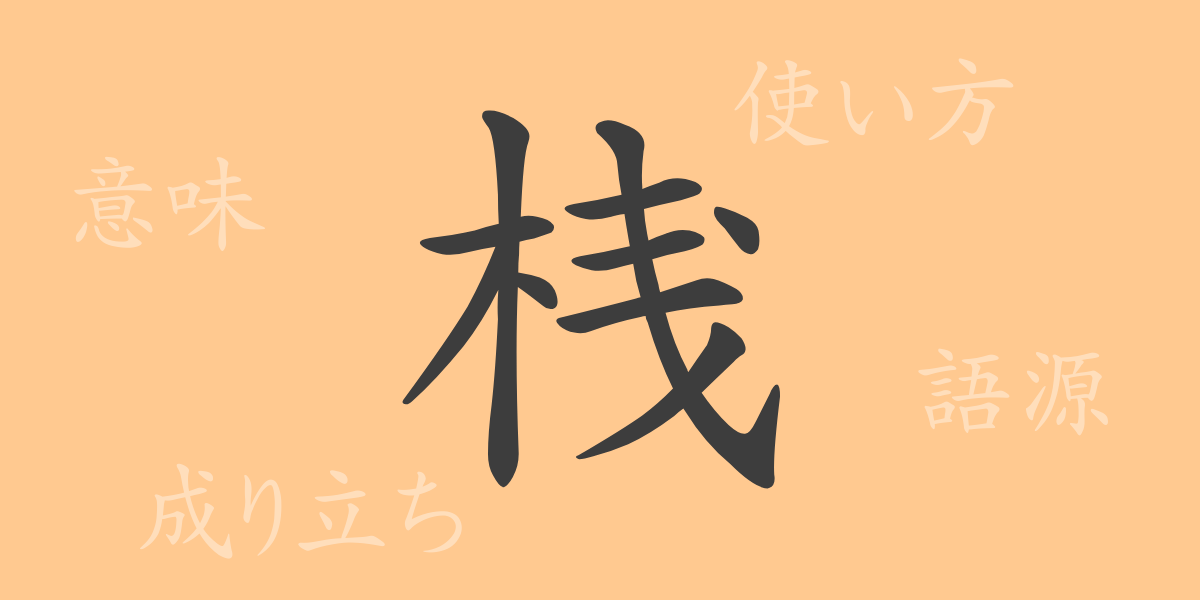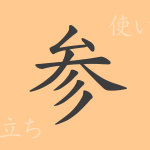The rich culture and history of Japan are deeply rooted in its language. Each kanji character has a story behind its formation. “桟(さん)” is one of those intriguing kanji characters. This article delves into the origin of the kanji “桟(さん)”, its modern usage, and explores its allure.
Origin of 桟(さん)
The kanji “桟(さん)” is composed of “木(き)” meaning “wood” and “戔(せん)” indicating steps or layers. During ancient China, “桟(さん)” was significant in wooden architecture, where it referred to beams and support structures. Before kanji was introduced to Japan, similar structures already existed, showing the long-standing connection of “桟(さん)” with Japanese life.
Meaning and Usage of 桟(さん)
The primary meaning of “桟(さん)” is related to horizontal beams or supports in construction. Additionally, it refers to structures extending into the sea or rivers, such as in “桟橋(さんばし)” meaning “pier.” Metaphorically, it can also signify barriers or boundaries.
Reading, Stroke Count, and Radical of 桟(さん)
As a commonly used kanji, “桟(さん)” appears in various contexts, though its readings and structure might not be widely known.
- Readings: The on’yomi (音読み) reading is “サン,” and the kun’yomi (訓読み) reading is “かけはし.”
- Stroke count: “桟(さん)” has a total of 10 strokes.
- Radical: The radical is “木(き),” which is key to classifying kanji related to wood.
Idioms, Phrases, and Proverbs Using 桟(さん) and Their Meanings
There are numerous idioms, phrases, and proverbs containing “桟(さん),” each with its unique meaning and nuance. For example, “桟敷席(さんじきせき)” refers to elevated seats in a theater, and “桟橋(さんばし)” means “pier” or a structure for boats to dock. These expressions highlight the richness of Japanese language.
Conclusion on 桟(さん)
The commonly used kanji “桟(さん)” plays a crucial role in Japanese language, from its historical formation to its diverse modern applications. Whether in construction, everyday conversation, or literature, its presence remains vibrant, supporting Japanese words and culture. Through this article, we hope you appreciate the multifaceted nature of “桟(さん)” and the history and meaning embedded in each word.

























